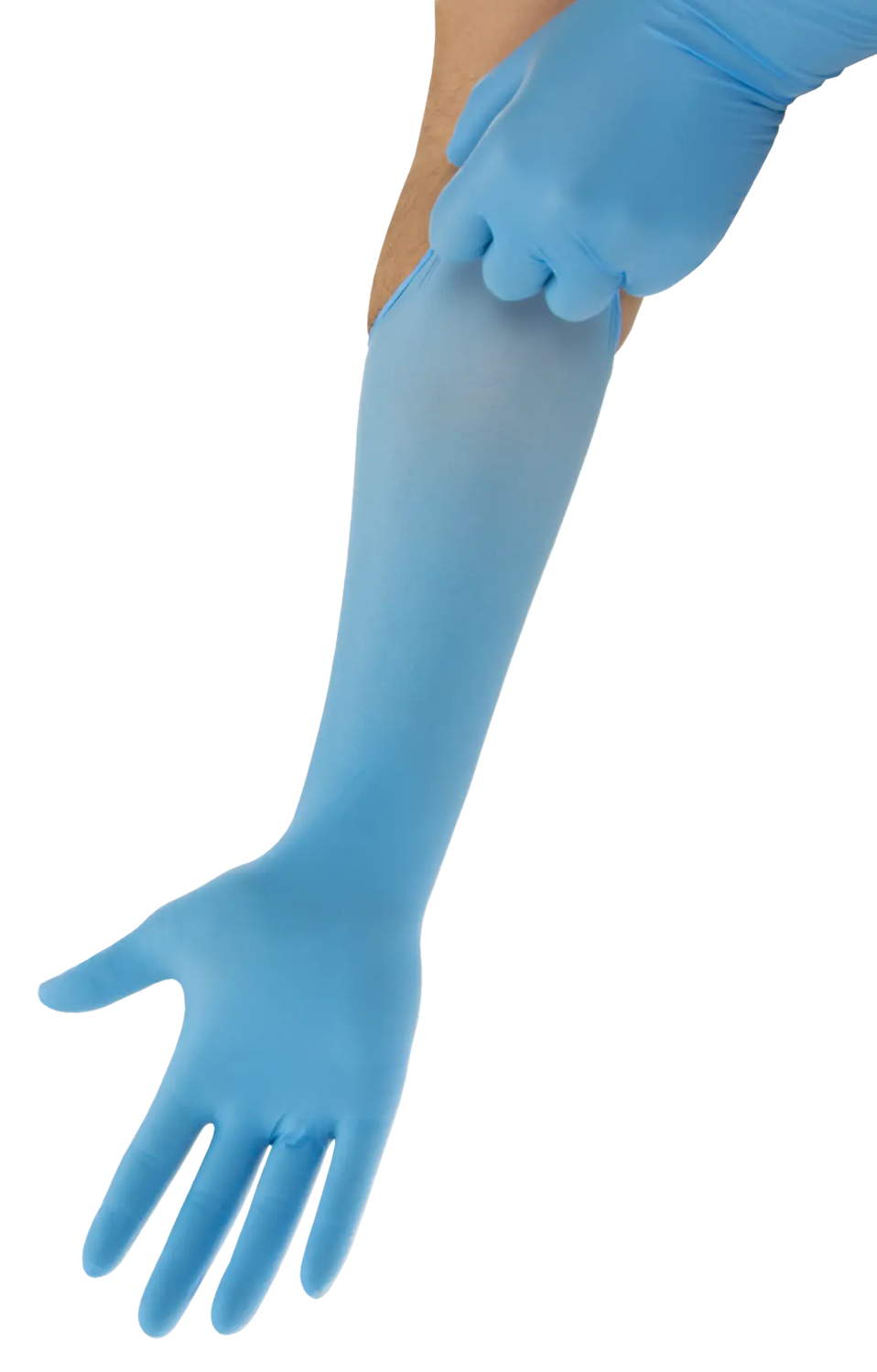In November 1925, well-German chemical companies, including Farbenfabriken former. Friedr. Bayer & Co. (Leverkusen), the Farbwerke former.
Meister Lucius und Brüning AG (Höchst) and Badische Anilin- und Sodafabrik AG (Ludwigshafen) with the intention of abandoning competing business activities in the future and jointly exploiting the scientific and economic potential. Within this association, which operated as Interessengemeinschaft Farbenindustrie Aktiengesellschaft with the official abbreviated name I.G. Farbenindustrie AG, the focal points for product development and production were now located where the most favourable conditions for their realization offered themselves. For example, elastomer research was established at the Bayer plants in Leverkusen, where the chemists Walter Bock (1895-1948) and Eduard Tschunkur (1874-1946) had already developed styrene-butadiene rubber (SBR) in the late 1920s. Around 1930, Erich Konrad (1894-1975), who had taken over as head of the central rubber laboratory of I.G.Farbenindustrie in Leverkusen in 1927, and Eduard Tschunkur, together with Helmut Kleiner (1902-1987), synthesized acrylonitrile-butadiene rubber (NBR) here. Production of the synthetic rubber, which very soon became essential for armaments, began in 1934.
Acrylonitrile-butadiene rubber has remained an economically important synthetic rubber to this day, although, like all other synthetic rubber products, it does not have the important physical-technical properties of the natural product, namely shear-induced crystallization under spontaneous stress. For this reason, natural rubber has not lost its importance, for example in the production of aircraft tires (for more details, see Natural rubber).






